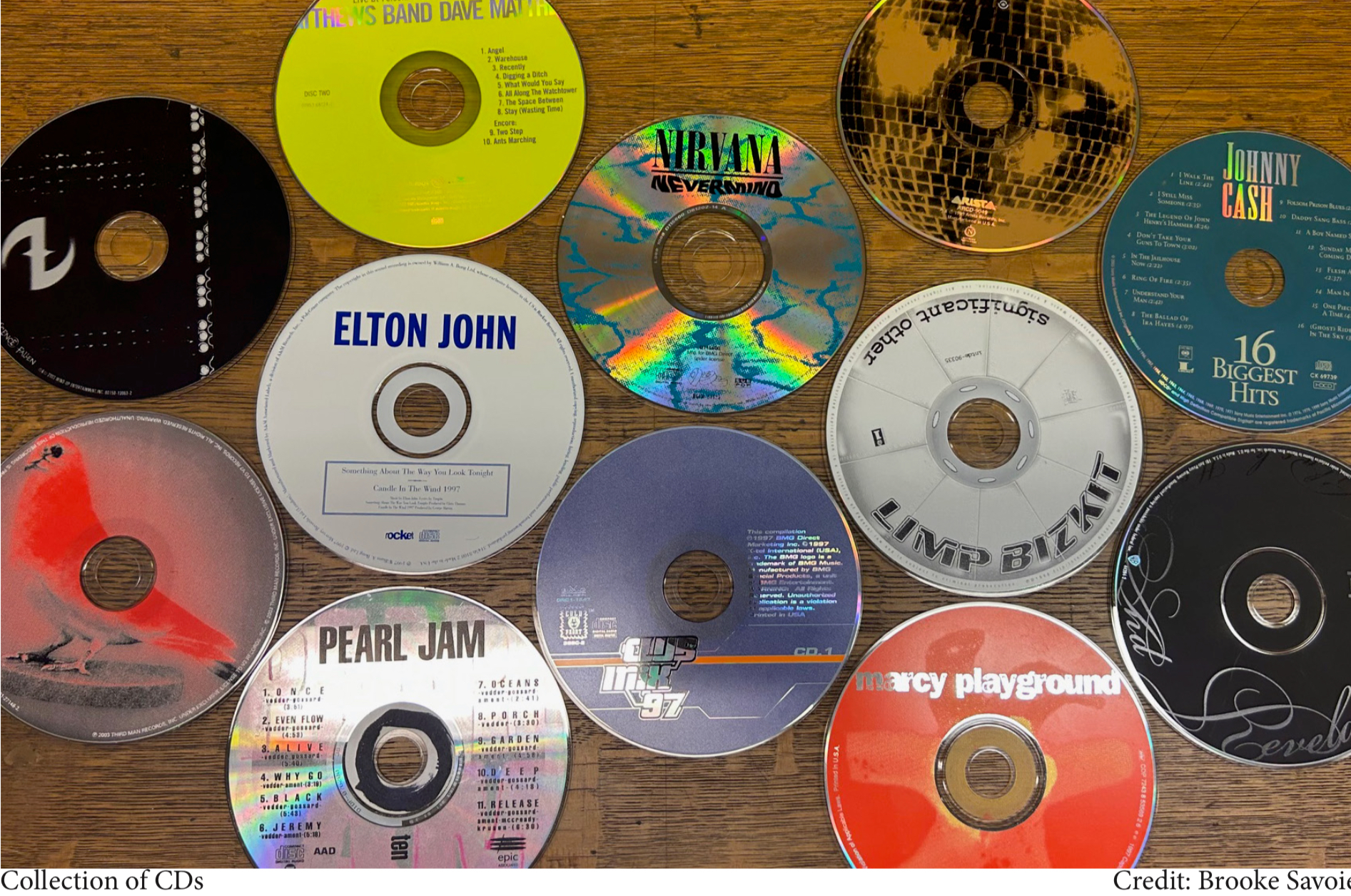Walk into any Game Stop and head to the media section. If you are anything like me, what you see will pain you deeply.
What used to be a multi-aisle sea of beautiful movie-decorated pieces of plastic has become a nearly barren lane of box sets of “Murder She Wrote” and Disney movies.
This is what has become of DVDs. CDs bit it a while ago, with even retailers like FYE, who’s entire brand is built on physical media, doing everything they can to get rid of their inventory and free up space for anime chips or whatever.
As a consumer of a lot of movies, this scarcity bothers me for a couple of reasons. First of all, I like seeing my options in person, and ordering from Amazon is an ethical minefield. But more importantly, physical media was a cornerstone of my and so many others’ exposure to the art of film.
With the rise of streaming services, physical media has seen a massive decline in popularity and sales. And while streaming is certainly a convenient way to watch what you want and when you want, it actually presents a lot more problems than are immediately apparent.
Matt Damon said in a “Hot Ones” interview that DVD sales were crucial to Hollywood deciding whether or not to greenlight a film. To quote Damon, “you could afford to not make all of your money when it played in the theater because you had the DVD coming behind the release.”
Money, the driving force behind everything in the US, was still being made, so directorial risks could still be taken. What’s more, DVD sales often allowed for movies to develop a cult following, even if their initial box office run was disappointing.
Kevin Smith, one of my personal favorite directors, accredits DVDs and home video as a whole to the later cult success of some of his less-successful films, namely “Mallrats”. Home video was crucial to films finding their audience.
This can happen with streaming, but the services’ algorithms mostly push whatever the service deems the most popular or the most financially beneficial.
This is a real problem. Without the added element of home video, studios have begun leaning more on established IPs to get people in the theater. Originality is dying.
Home video had a massive influence on what films could be produced, and with that element diminishing more and more with every passing year, it is no surprise that most movies releasing these days are absolute garbage (except “The Fall Guy”. Greatest movie ever).
Film as an art is becoming more and more commodified. I am far from the first person to voice this opinion, but that doesn’t make it any less true.
Gone are the days where one could make a movie about a jet engine falling on Jake Gyllenhall. Now it’s just “Inside Out 3: Turns Out She Has Schizophrenia”, which will go on to make over a billion dollars worldwide and make me question why I decide to get out of bed.
And this is without mentioning the issues of censorship, alteration and access that abound in streaming. I don’t want a content warning, I wanna see the flying elephant get drunk.
What started out as a way to make watching movies and TV more enjoyable has turned the film and television industry into an artless mess.
This is normally the part of the opinion where I would give some grand call to action, but I realize that’s not super realistic. At this point in our lives, streaming makes more sense for a lot of reasons, so giving that up would seem kind of insane.
I am absolutely not above this. Spotify can be a lot more convenient than CDs, and sometimes convenience overshadows all other considerations.
But I hope this opinion at least gives you pause and allows you to think about what we are sacrificing with physical media. Not just nostalgia, but a willingness to take risks and to think outside the box.

